Now that spring is well and truly here, you're probably itching to refresh and revive your home. There's just something about the return of sunshine after a long, dark winter that makes it the perfect time of year for a deep clean! Ok, maybe we're too excited about it--but winters really are dark and deep here in the PNW.
Anyway, when it comes to wood products--like doors, countertops, cutting boards, and furniture--regular maintenance and cleaning is key to help them look good and last longer. As a natural species, wood responds to changes in its environment and needs special care. But if you keep up a periodic schedule of routine maintenance, you'll avoid bigger problems (like warping and water stains) down the line.
Cleaning and Maintaining Exterior Wood Doors
Clean the door with a gentle soap (such as castille soap) diluted in water, and a non-abrasive pad, sponge, or cloth. There's no need to use harsh cleansers or abrasive scrubbing pads, and you could damage the finish with harsh cleaning methods.
Allow the door to dry completely before re-applying hardwax oil finish. We recommend a finish with UV protection to prevent fading or darkening from sun exposure, which is a problem with exotic species specifically. Great news: no sanding is necessary! Reapply according to the directions on the product packaging--in most cases you will simply need to apply a thin layer, then buff off excess with a microfiber cloth. It's important to refinish your exterior door regularly if you're using hardwax oil finish like Osmo.
Cleaning and Dusting Interior Doors
As above, clean the door with a gentle soap and pad/sponge or cloth. If your door has glass, spray to clean with Windex or a vinegar spray. Once the door has dried, touch up the wood finish around high-wear areas, including door edges and the area around the handle--that's always where wood finish wears off first.
For sliding wood doors, we also recommend taking a moment to dust and clean off the sliding hardware. Dust can actually make sliding hardware operate less smoothly. If it's easy to take the door off the track, you should remove the door to clean the hardware--it will actually result in a better clean, we promise. But, this isn't always super easy, so it isn't a must-do.
Taking Care of Countertops and Cutting Boards
Most butcher block countertops and cutting boards need regular reapplication of their finish because of high exposure to water and other liquids. So, aim to reapply your top oil at least twice a year. Our Osmo Food Safe Top Oil is a great option for wood countertops and cutting boards.
Wood cutting boards benefit from even more frequent oiling. That sounds high maintenance, but because cutting boards go through so many cycles of being washed and dried, they really do dry out more quickly. Keeping the wood well-oiled prevents splitting and cracking, which can also lead to bacterial growth. There are a lot of cutting board oils available. Food grade mineral oil, fractionated coconut oil, and beeswax are all great choices--just don't use any of your cooking oils (olive oil, canola oil, etc) as substitutes.
Maintaining Wood Furniture
The maintenance required for wood furniture depends on how much use it gets and what you use it for. In many cases all you'll need to do is dust them off and clean the surfaces that are exposed to dust and dirt. Use an orange oil or wood conditioner, especially on older pieces of furniture that may be getting more dried out with age.
How to Care For Wood Floors
We're big fans of Murphy's Wood Soap or similar products for wood flooring. Dilute it according to the manufacturer's directions--warm water is best. Mop floors with wood soap or a similar soap specifically designated for this purpose. Don't use floor cleaners for other materials like tile or stone--they just won't work as well. And don't use a vinegar-water dilution, as it can dull the wood's shine. Refinish your floors every three to four years. And be sure to sweep or vacuum your floors regularly--dust buildup between boards is not what you want!





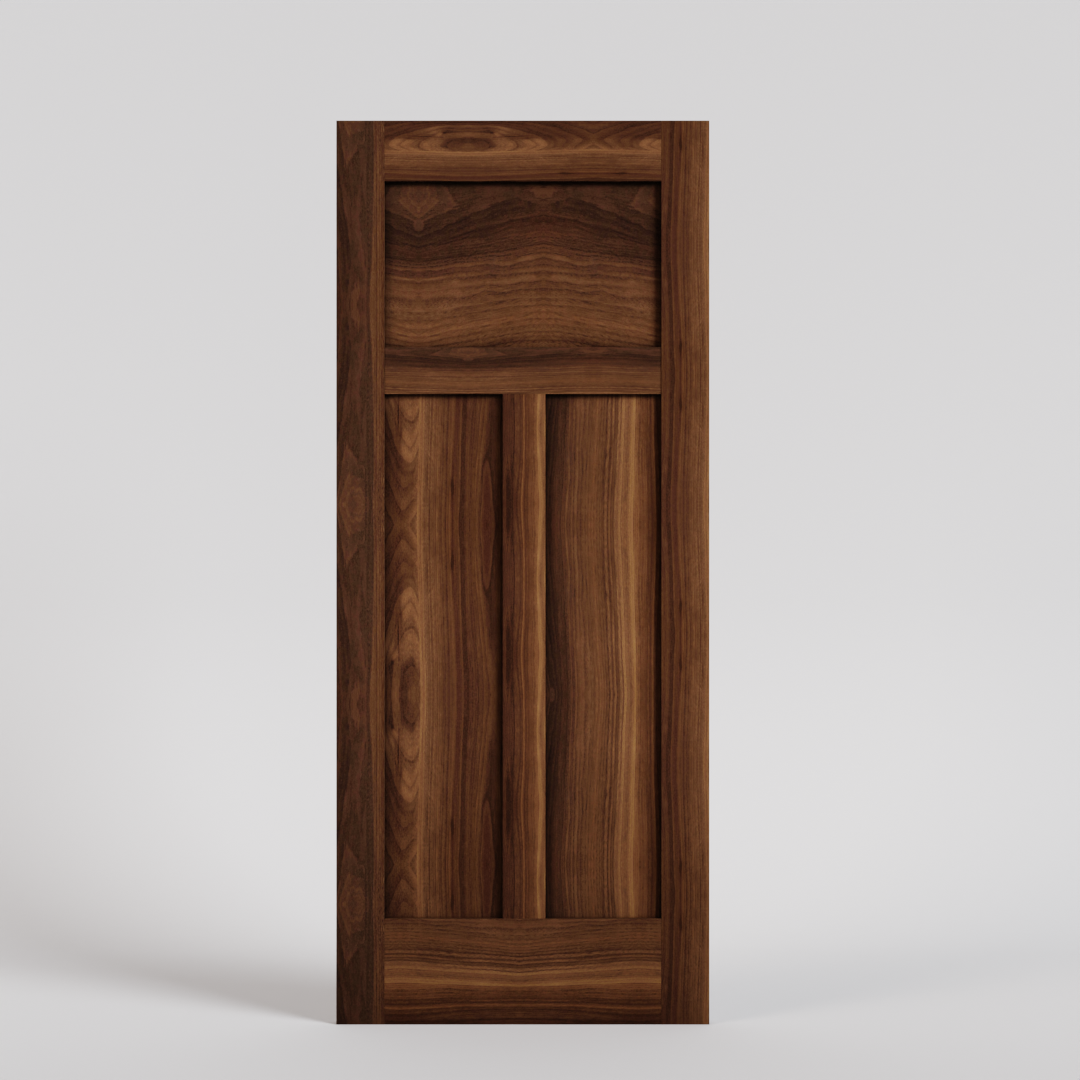
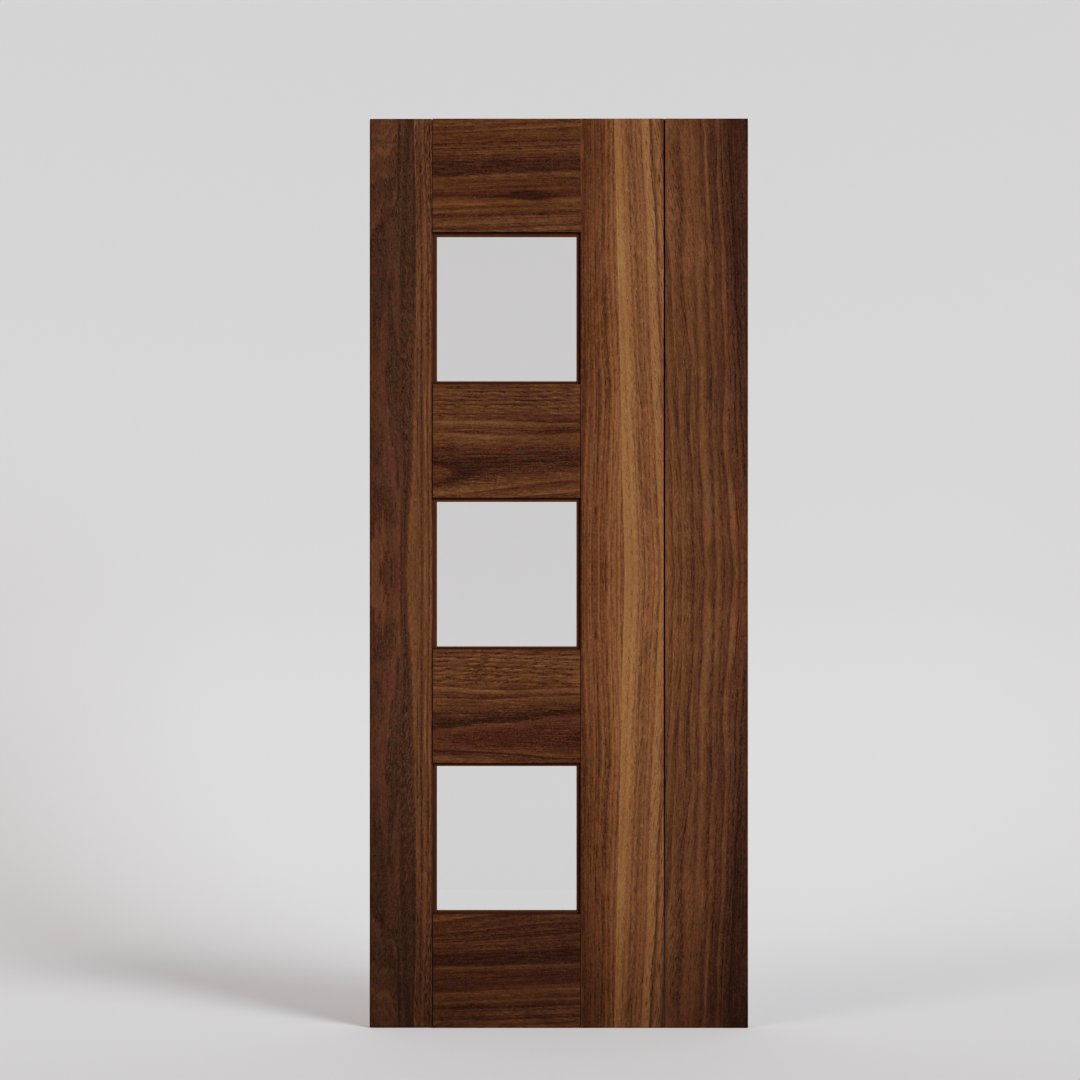
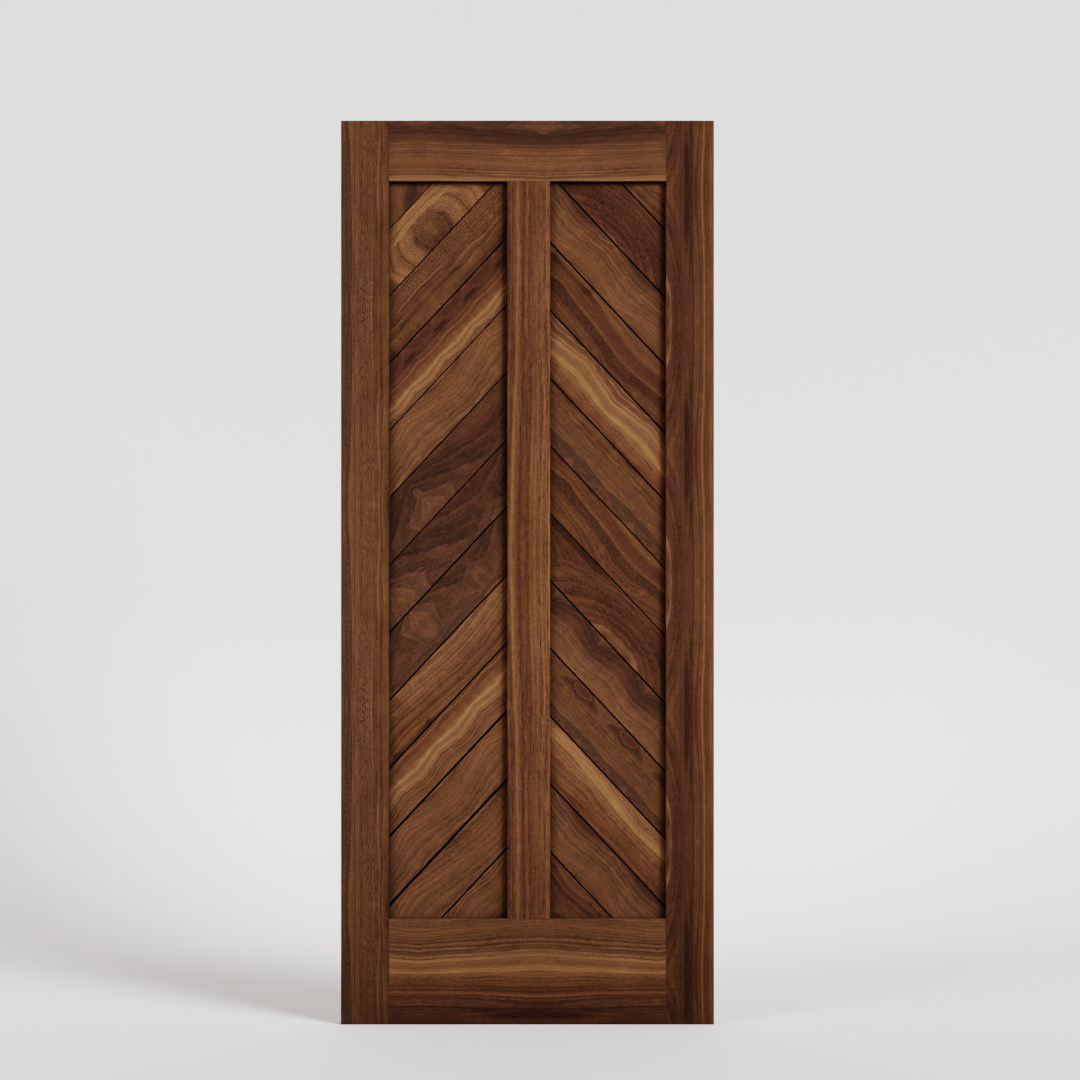
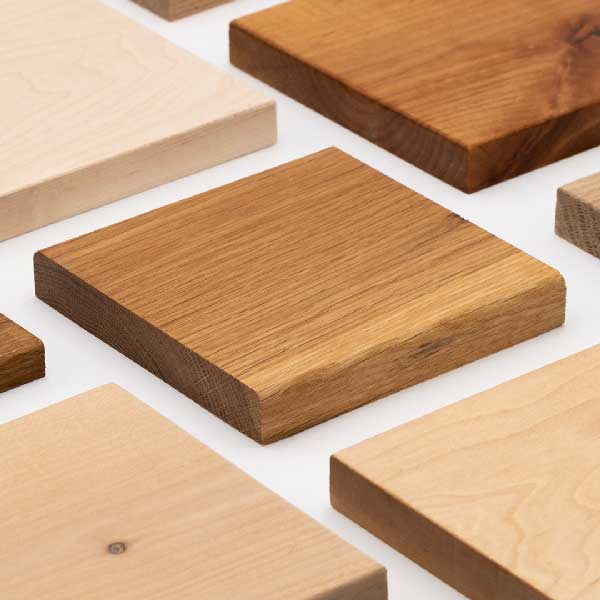

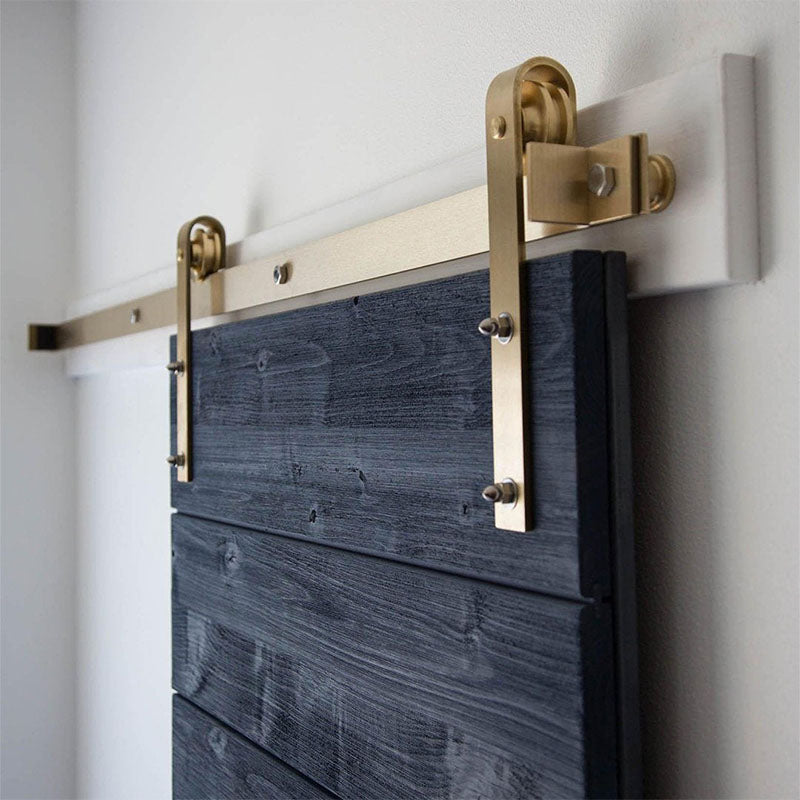
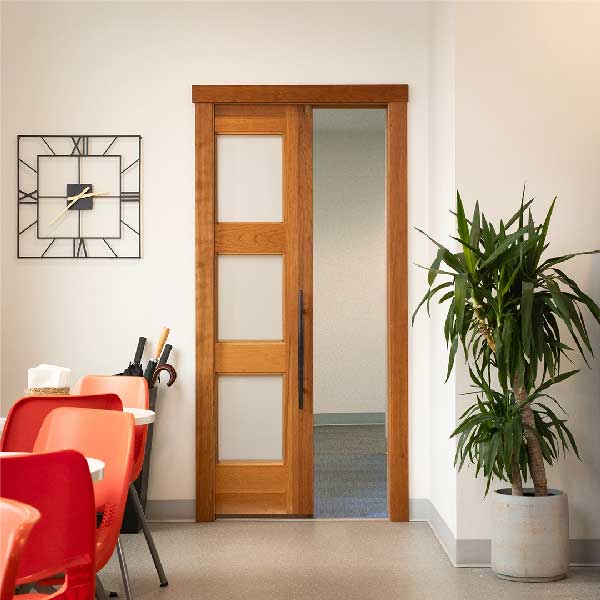

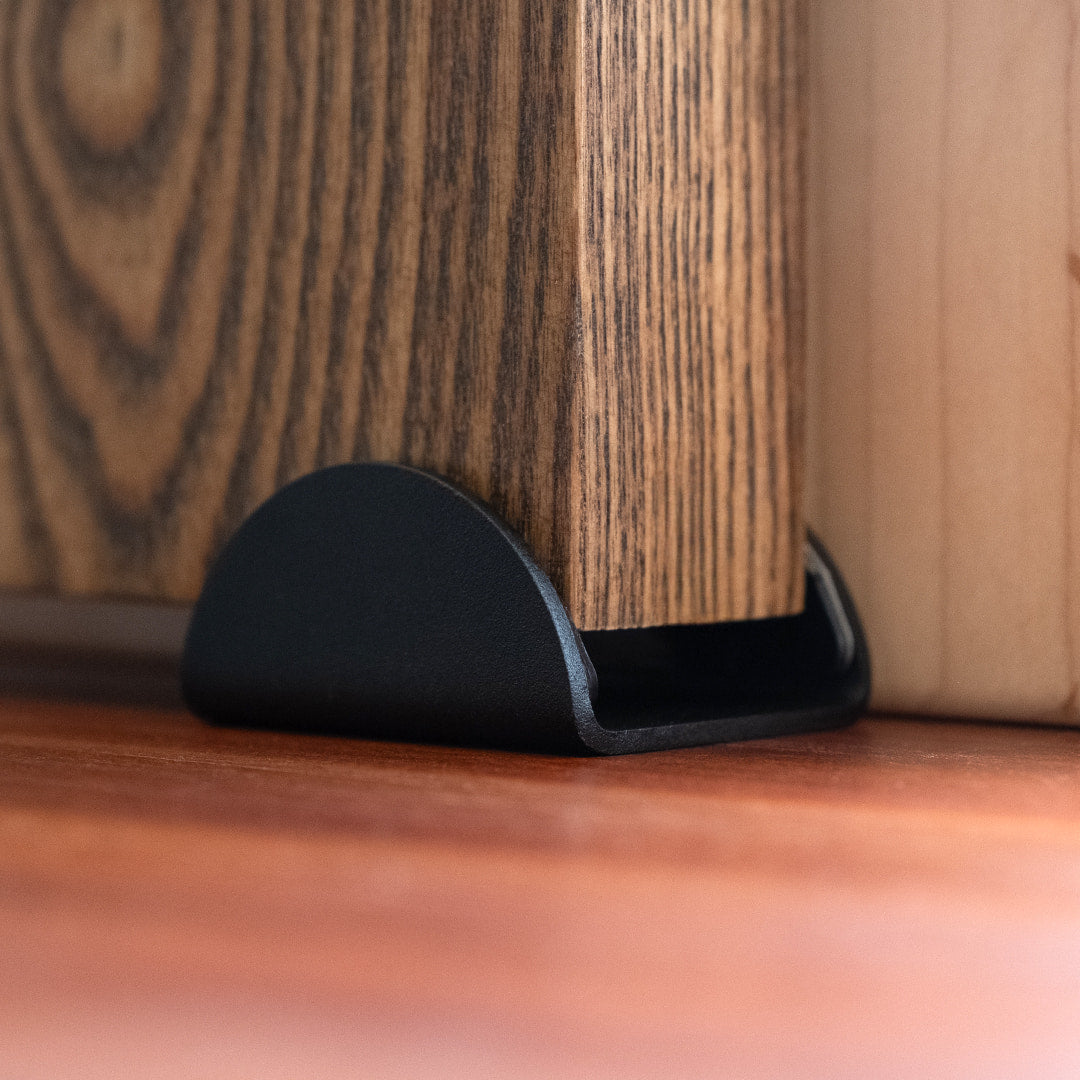
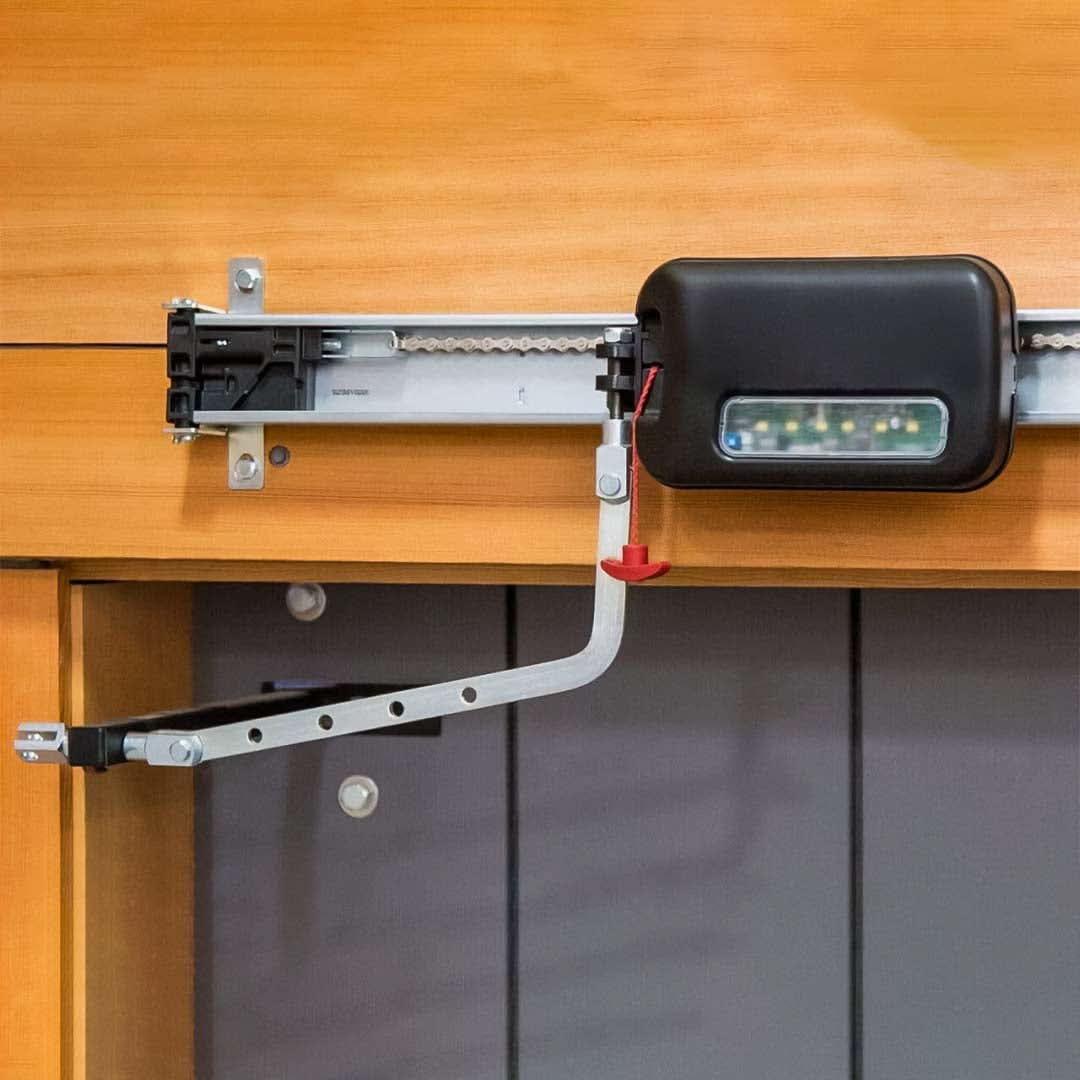






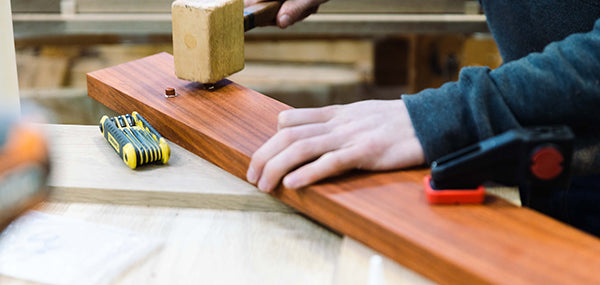

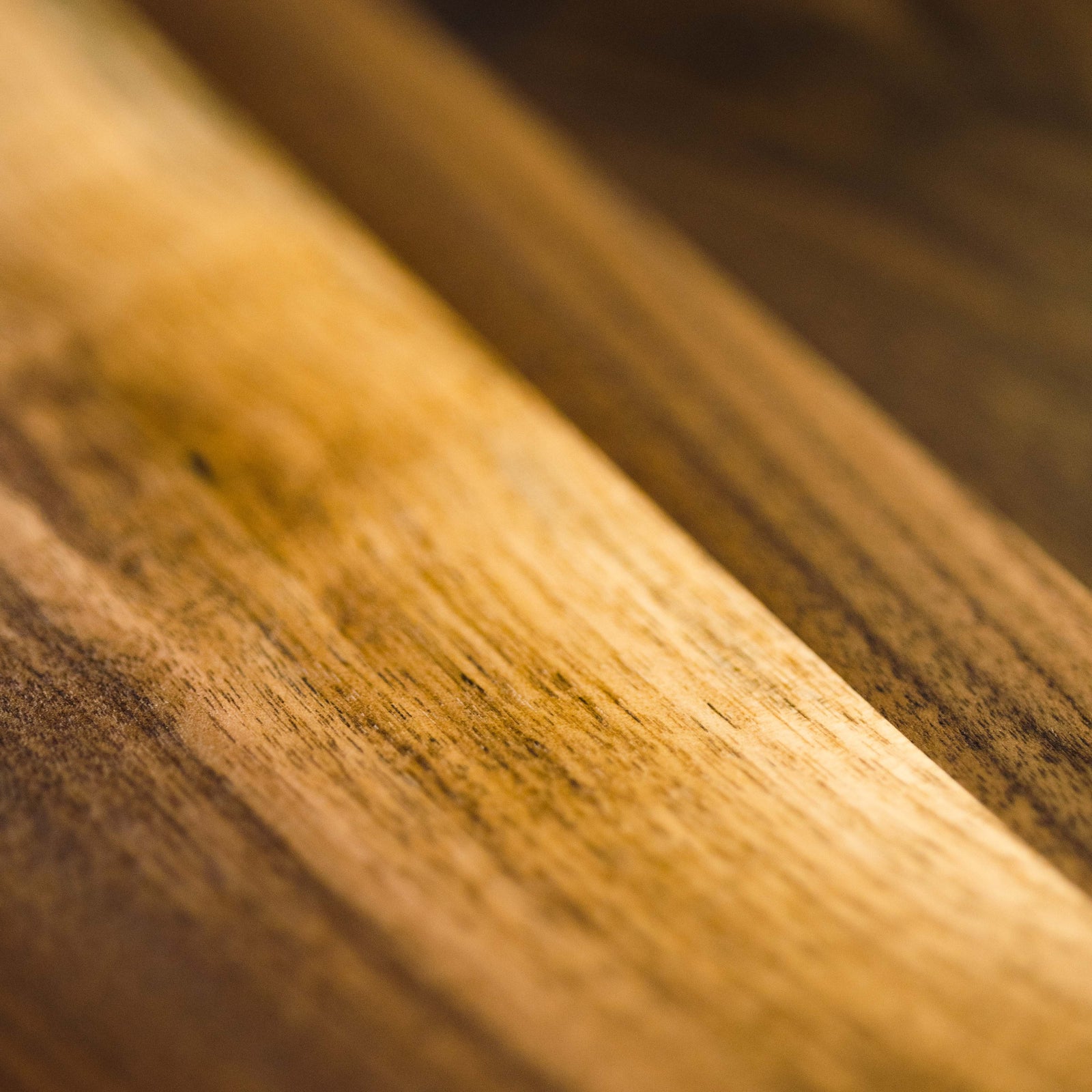


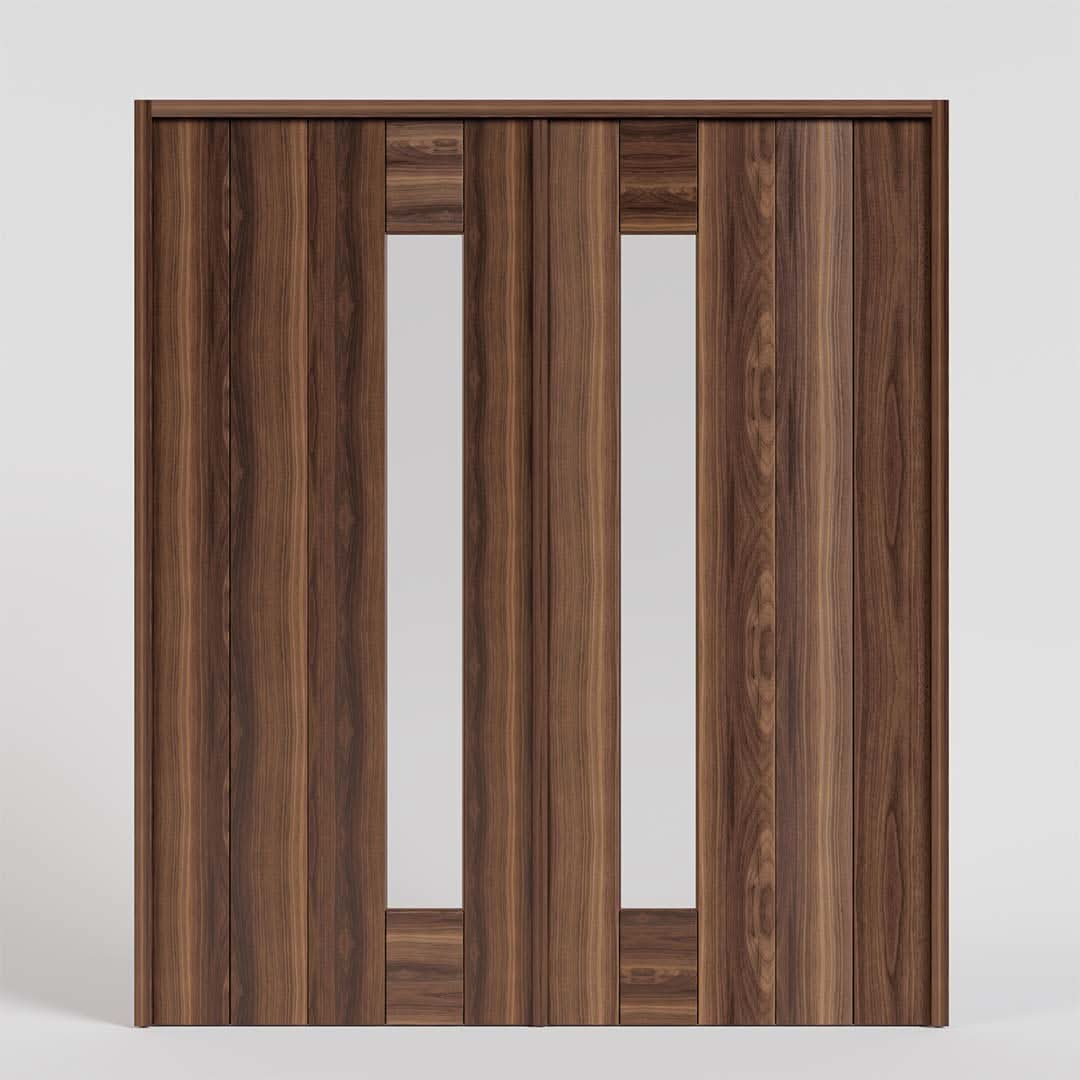
Leave a comment (all fields required)